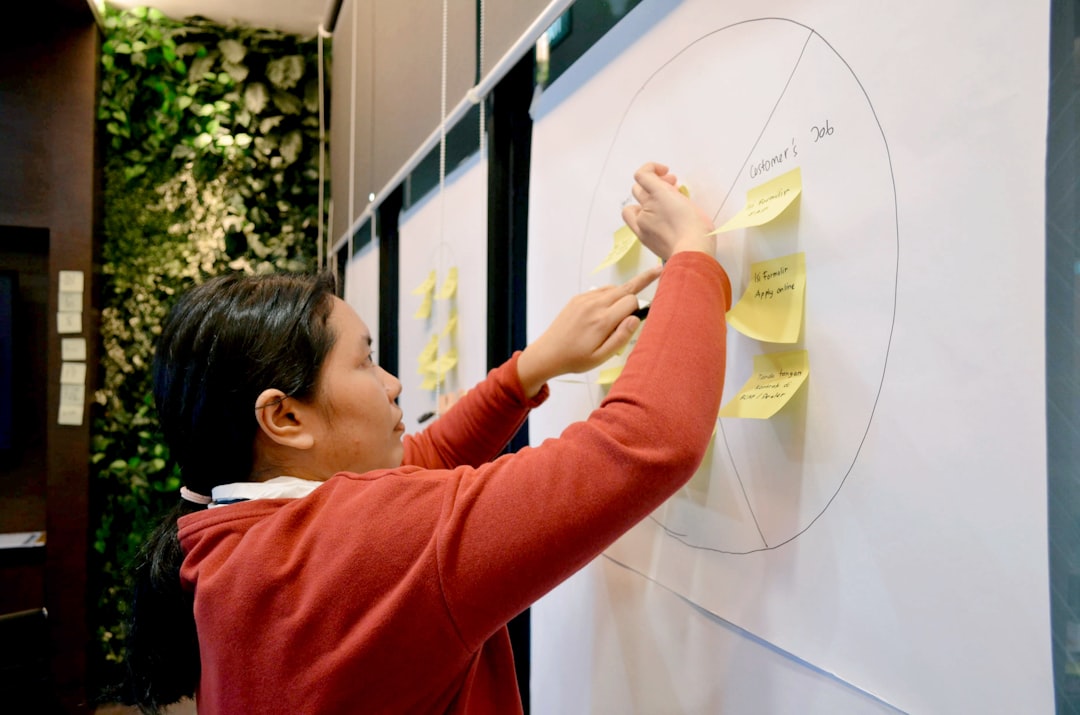Everyone wants to stand out. But shouting louder isn’t always the answer. That’s where thought leadership comes in. It builds trust. It earns attention. It showcases your ideas in a smart, authentic way.
Let’s break down how to build a thought-leadership engine that turns heads and opens doors.
What Is Thought Leadership?
Thought leadership means sharing your thoughts, experiences, and expertise to become a trusted voice in your field. But it’s not about being perfect. It’s about being helpful, real, and relevant.
Your goal is simple: help others by sharing what you know. When you do that consistently, people start to listen. They trust you. And they follow your lead.
Why You Need a Thought-Leadership Engine
One blog post isn’t enough. One smart tweet won’t transform your personal brand overnight. You need a system. A thought-leadership engine.
This engine will:
- Consistently create valuable content
- Help you organize your ideas
- Get your thoughts in front of the right people
Once built, it runs like clockwork—fueling your influence day after day.
Part 1: Start With the Engine Block – Your Core Message
Every engine needs a strong core. For you, that’s your main message—the unique point of view you bring to the world.
Ask yourself:
- What do I believe that others overlook?
- What do I deeply care about?
- What change do I want to see?
Your answers are the foundation. Don’t worry if it’s a little raw. You’ll polish it over time.

Part 2: Build Your Idea Factory
You need a steady stream of ideas. Think of your brain as a factory—and here are the raw materials:
- Everyday experiences
- Customer conversations
- Industry trends
- Personal stories
Record your ideas. Use a notebook, a note-taking app, or even voice memos. Don’t judge them. Capture them.
Later, you can shape them into:
- Articles
- Podcasts
- Videos
- Twitter threads
The more ideas you gather, the easier it gets.
Part 3: Choose Your Channels Wisely
You don’t need to be everywhere. Pick the platforms that make sense for you and your audience.
For example:
- LinkedIn — Great for B2B professionals
- Instagram — Ideal for visuals and lifestyle branding
- Twitter (X) — Perfect for short, insightful takes
- Podcasts — Best for in-depth conversations
Start with one or two. Build a rhythm before adding more.
Part 4: Create Your Content Engine
This part is fun—and super important. You now have ideas, a message, and a platform. Time to create!
Keep it simple. Each piece of content should:
- Tell a story or share a lesson
- Make people think
- Be easy to relate to
Here’s a content creation recipe:
- Pick one idea from your idea factory
- Write about it in your voice
- Edit for clarity and emotion
- Add a clear takeaway
Bonus tip: Repurpose your content. Turn one post into three more. Make a short quote into a graphic. Create a video from a blog.

Part 5: Feedback and Refinement
Your first few tries may be awkward. That’s okay. Keep going!
Watch what resonates. What gets shares? Comments? Questions? Use that feedback to refine your message and delivery.
Here’s what to look for:
- Topics that get the most engagement
- Questions your audience asks often
- Formats that feel natural to you
Then do more of what works.
Part 6: Build Consistency With Systems
Habits beat hustle. Build a system that keeps your engine running—without burnout.
Try this simple weekly flow:
- Monday: Collect new ideas
- Tuesday: Choose a focus topic
- Wednesday: Draft content
- Thursday: Edit and format
- Friday: Publish and engage
Batch your content on one day if that’s better for your schedule. The point is to stay consistent.
Part 7: Connect With Others
Thought leadership is a two-way street. You’re not talking into a void. You’re starting conversations.
Engage with your audience:
- Reply to comments
- Share other people’s content
- Collaborate with fellow creators
- Ask for stories, thoughts, and feedback
Community makes ideas grow faster. You’re building more than a fan base—you’re building a movement.
Final Tip: Stay Curious
The best thought leaders are always learning. Stay curious. Read books. Watch interviews. Listen more than you talk.
Great ideas tend to find curious minds.
In Conclusion
Building a thought-leadership engine doesn’t require fancy tools. It takes intention, action, and patience.
Remember:
- Start small
- Speak from experience
- Show up regularly
- Listen to your audience
With time, your engine will hum. You’ll inspire others. And you’ll grow a following built on value—not noise.
The world is waiting to hear your ideas. Fire up your engine. Hit the gas.

